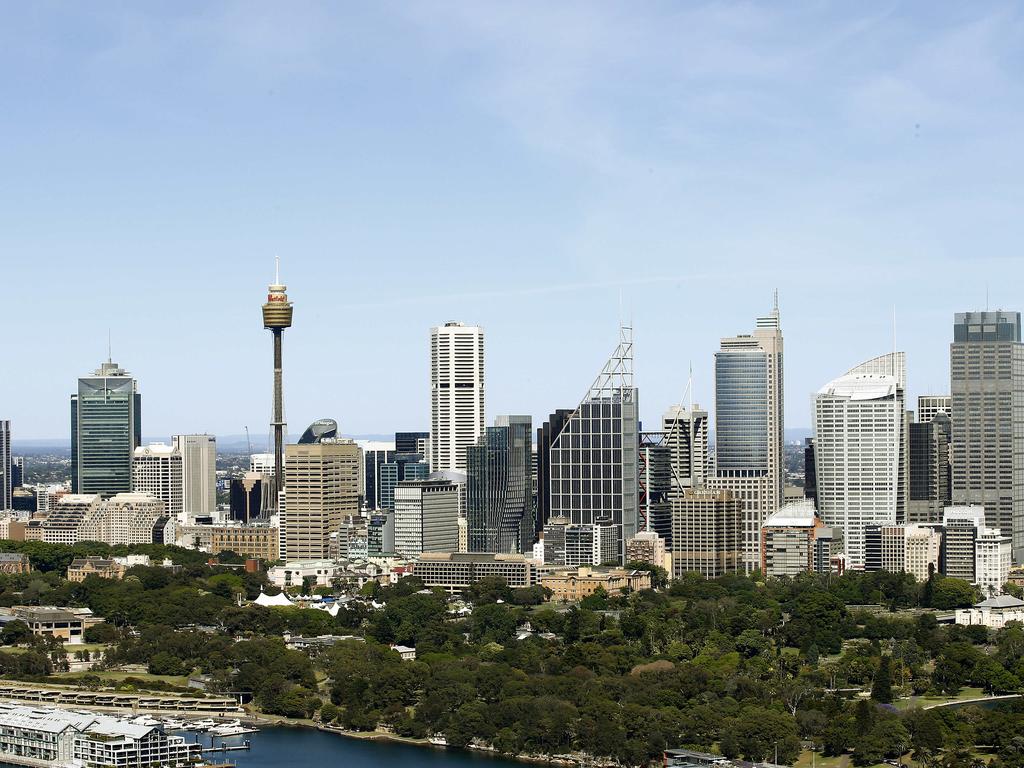
High household debt could impact the economy. Picture: iStock.
COVID-19 has exacerbated the risk that high housing debt presents to the Australian economy. The ratio of household debt to annualised household disposable income sits at near record highs of 142 per cent.
With greater unemployment, present and continuing, there is increased likelihood borrowers could fall behind on mortgage repayments.
MORE: Vendor ‘in tears’ after derelict home sells
Watmough buys back into the northern beaches
Many banks offered a pause on mortgage repayments early in the pandemic which saw deferred housing loans sit at $195b, reflecting 11 per cent of total housing loans.
These ‘mortgage holidays’ are temporary and were initially in place for three to six months from March 2020, which has prompted concerns of a September cliff.
Residential mortgage lending accounts for about 60 per cent of bank lending, with the banks and statutory authorities looking at how to extend repayment deferrals where it is needed.

Greater unemployment could increase the risk.
The Australian Prudential Regulation Authority (APRA) has advised that those loan repayment deferrals would not count officially as in arrears until a total deferral period of 10 months, so up to the end of March next year.
It was interesting to see the recent bank reports show very low arrears.
And specifically amid the deferred loans, only 8 per cent had a loan-to-value ratio of more than 90 per cent.
CoreLogic estimates that given the national property price upswing of 8.9 per cent between July 2019 and April 2020, it was unlikely that many of the borrowers deferring their mortgage repayments were in a negative equity position.
It is also worth keeping in mind that not every Australian has the same level of risk when it comes to housing and debt. For example, around 30 per cent of Australian households own their home outright.
And RBA research suggests that more than 50 per cent of loans had repayment buffers of at least three months while about 30 per cent of loans had prepayments of at least three years. However, this is not to say individuals are without risk.
Eliza Owen, head of research at CoreLogic, noted the impact of COVID-19 had been “an enormous negative shock” to the economy. The RBA estimates the peak-to-trough decline in GDP in the first half of 2020 has been around 7 per cent.
While this is the largest economic decline since the 1930s, it is a milder outcome than the initial 10 per cent contraction estimated in April.

Values were down 0.8 per cent in Sydney in the June quarter. Picture: John Appleyard
The shape of the economic recovery remains uncertain.
“This will result in further downside risk to property prices and real estate activity,” notes Ms Owen, adding that housing market value declines had been relatively mild.
“This is thought to be a function of record low mortgage rates, home loan repayment deferrals and various demand-side government stimulus for owner occupier purchases.”
The decline in values was down 0.8 per cent in Sydney in the June quarter while regional NSW saw an 0.6 per cent increase.
Rent value declines were more severe than price declines in the June quarter across several regions of Sydney. The largest were across the City and Inner South Sydney region, where rents were down 4.1 per cent.
The biggest impact on the market has been a reduction in transaction activity. But in recent weeks vendors have emerged. There were 20,000 offerings across Sydney in July, with 5800 fresh pre-spring offerings over the past month.
The post High unemployment could increase risk of household debt and impact the Australian economy appeared first on realestate.com.au.

